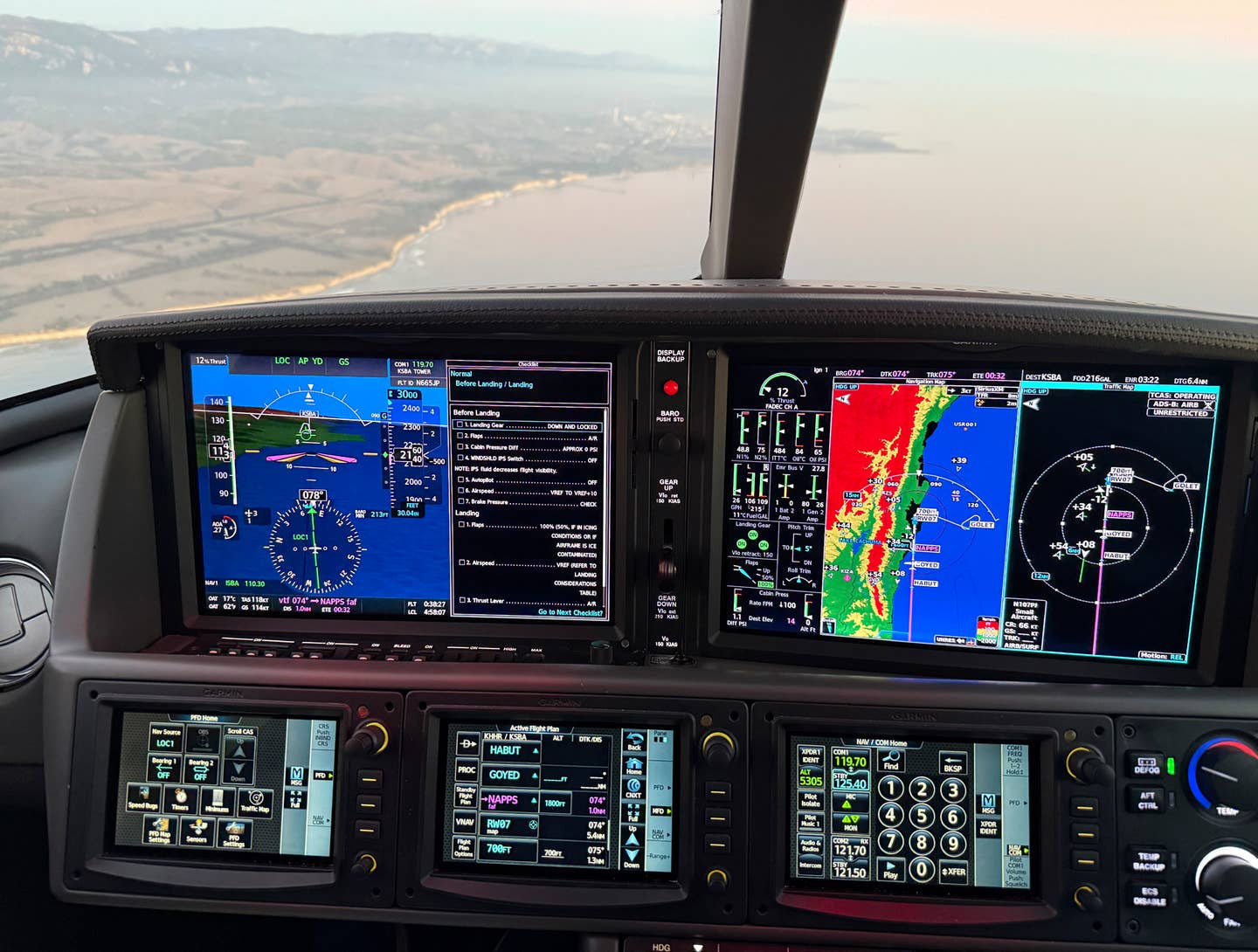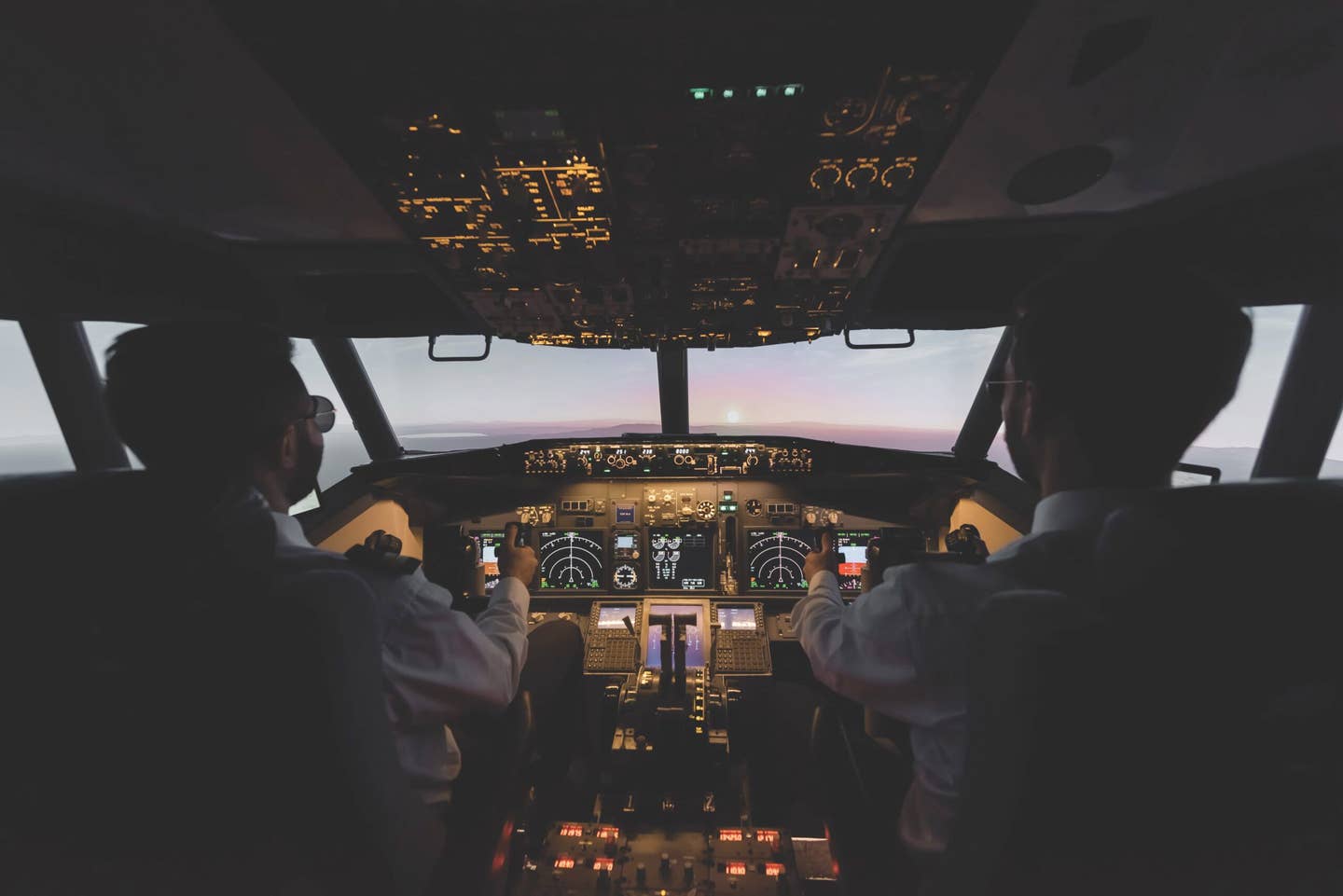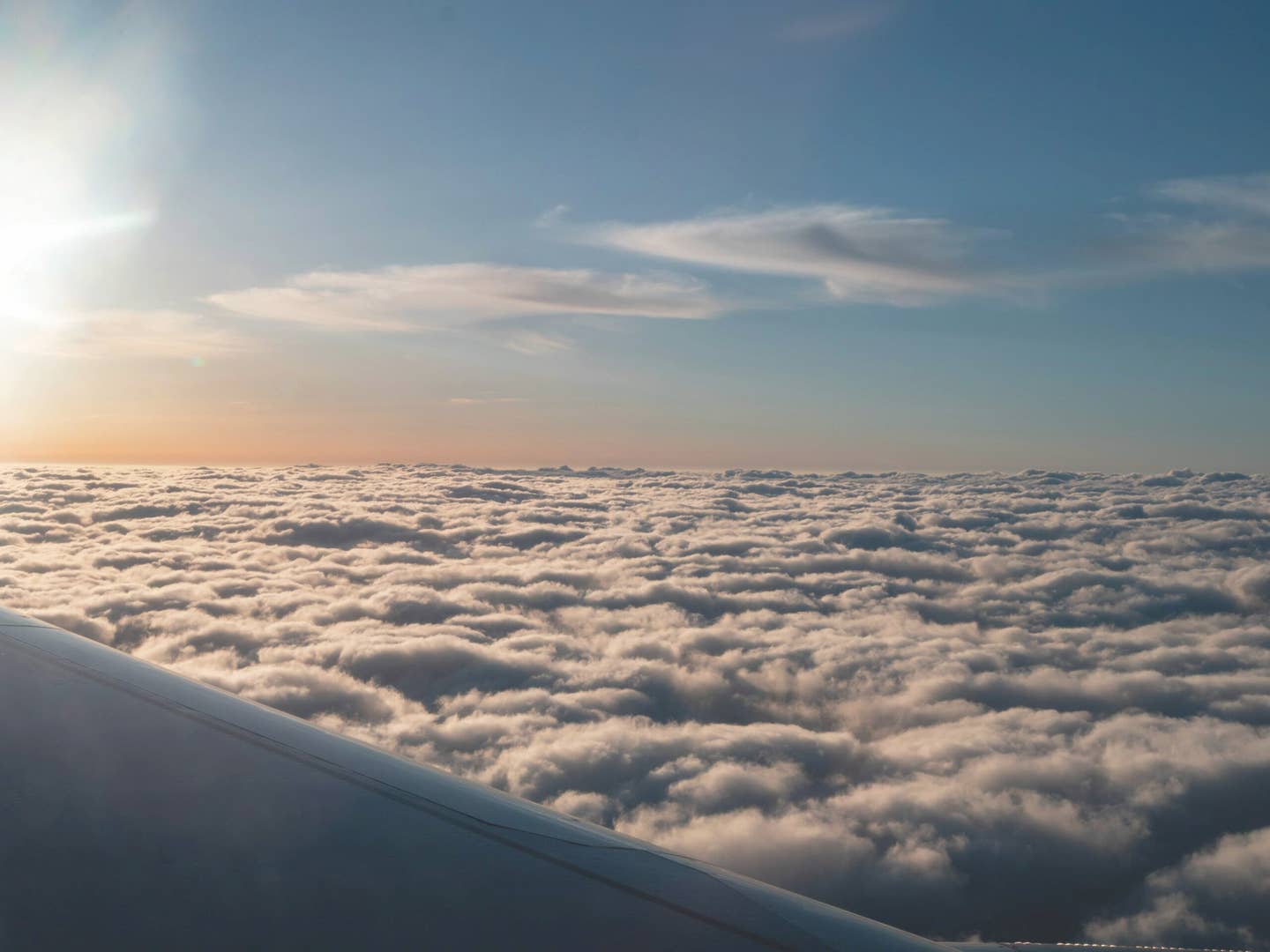
Dave and Barry’s Debonair
There are great benefits to owning an airplane. You can fly whenever you want, wherever you want, without having to worry about rental restrictions, such as the number of hours you need to fly every day or where you’re allowed to fly the airplane. It’s very difficult to find an airplane to rent for a weeklong trip, and many rental facilities have limitations on flights to Mexico, which are immensely fun and interesting trips to take.
But for many pilots, aircraft ownership is financially out of reach. And even if it isn’t, according to an AOPA study, 70% of recreational pilots fly less than 50 hours per year. With many fixed costs, such as the annual inspection, insurance, property tax, hangar rent, engine reserve etc, that makes the hourly cost significant. So unless you fly more than 100 hours per year, it probably makes sense to either rent, join a club or, better yet, find a partnership.
Finding the right partner can be a challenge. But don’t let that discourage you. There is such a thing as a perfect partnership. You may even get into a situation where the airplane pays for itself, and your own flying!
I recently had lunch with a couple of good friends – Dave and Barry - who share a Beechcraft Debonair in a very happy partnership with two additional parties. The airplane is split in three, Barry and Dave each own one third and the other two owners share one third. The ownership is set up through an LLC and the owners have agreed on an internal rate for each hour flown to pay for all the fixed costs. In addition, to offset some of those fixed costs, the partners have agreed to rent the airplane to a local flying club.
Barry said that with four owners, accessibility was never a problem. The Debonair was added to the flying club fleet in January, and as more and more club members get checked out in the Debonair, the availability is dropping. So far, however, Barry says he’s still able to fly the airplane as much as he needs, and if the owners feel that the availability is not sufficient, they will take the airplane out of the club. But with the additional income, the partnership expects to have some funds for upgrades, such as avionics and paint.
While this structure is good, it doesn’t have to be as involved as Barry and Dave’s partnership. You can link up with a friend or post a notice at your local airport that you’re looking for a partner. But make sure you draw up a written contract to eliminate issues. It probably makes most sense to have some type of hourly rate for the airplane, since it’s unlikely that all partners will fly the airplane an equal amount. And it’s important to put some money into an account for unexpected maintenance and an engine reserve for the inevitable overhaul.
If you are involved in an airplane partnership, I would love to hear about how yours is structured. There are countless ways of doing it. And it would be great to hear stories of other perfect partnerships.

Sign-up for newsletters & special offers!
Get the latest FLYING stories & special offers delivered directly to your inbox






